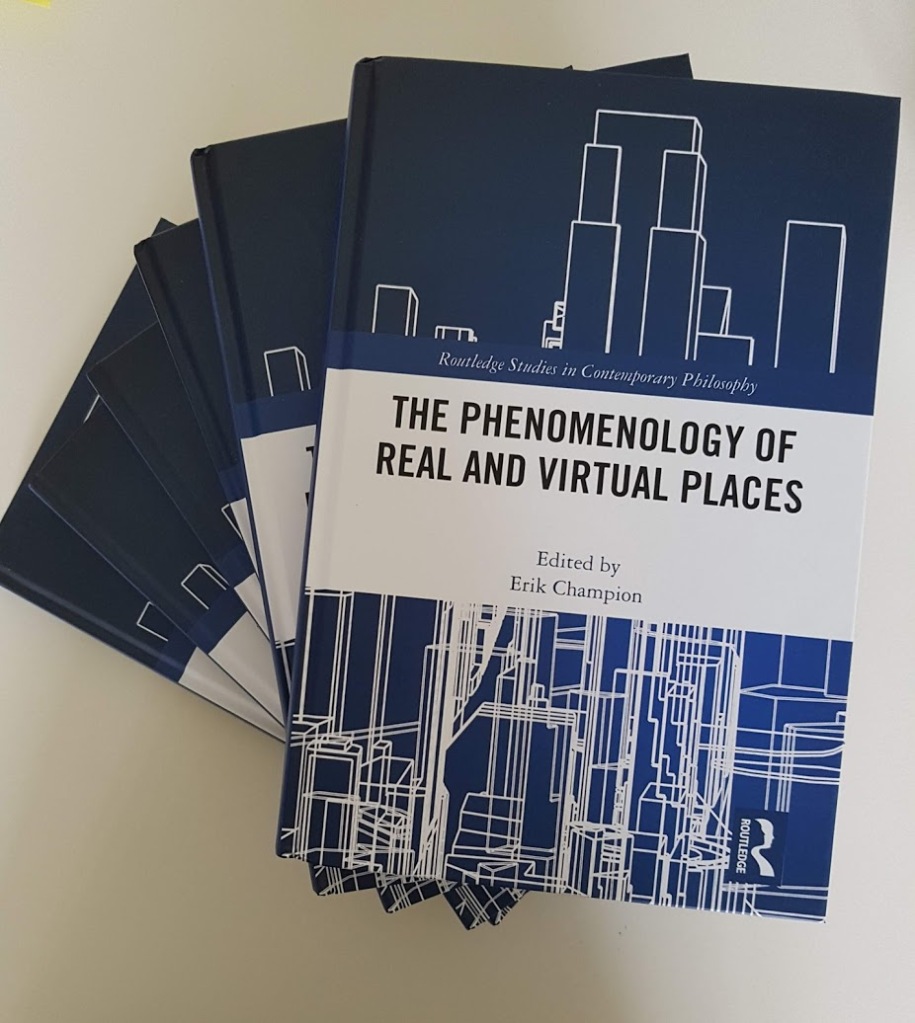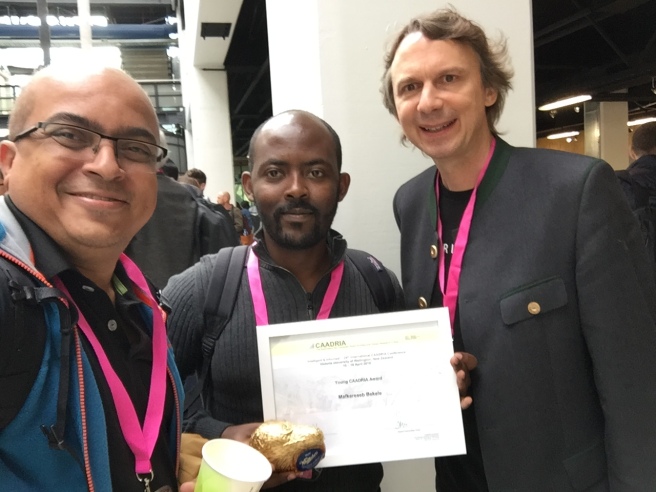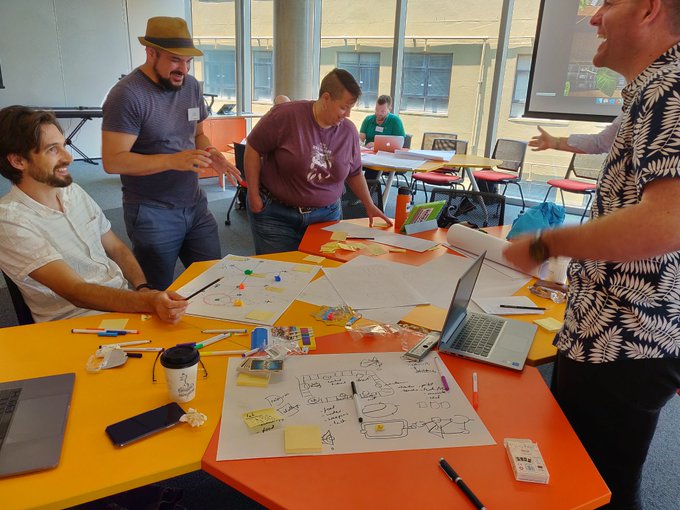I am now an Honorary Research Fellow at the School of Social Sciences, FABLE, University of Western Australia and can be an associate supervisor for one of these PhD scholarships:
http://www.scholarships.uwa.edu.au/search?sc_view=1&id=7561&sub=1
Dean’s Excellence in FABLE PhD Scholarships
The Faculty of Arts, Business, Law and Education (FABLE) is offering a limited number of prestigious postgraduate research scholarships to academically outstanding international and domestic students wishing to undertake a research doctorate degree (PhD) in FABLE.
All Dean’s Excellence in FABLE PhD Scholars will receive a scholarship package which includes: a living allowance of $33,000 per annum; overseas student single health cover (for international students) and tuition fees.
Available in the International Scholarships Round for commencement in 2021.
Payment type: Tuition Fee Scholarship, Fortnightly Stipend and Health Insurance
Value: $33000
Value unit: Per annum
Basis of award: Academic Achievement
Eligibility: To be considered for the Dean’s Excellence in FABLE PhD Scholarships, applicants must satisfy the following criteria:
1. International applicants must meet the eligibility requirements for an International ResearchTraining Program Scholarship
2. Domestic applicants must meet the eligibility requirements for a Domestic Research Training Program Scholarship
Please note that these scholarships are available to commencing PhD students only. Current PhD students are not eligible to apply.
Nationality: Australian Citizen, Australian Permanent Resident, New Zealand Citizen, Australian Humanitarian Visa, International
Study area: Humanities, Law, Music, Social and Cultural Studies, Accounting, Economics, Education (Early Childhood), Education (Primary), Education (Secondary), Finance, Management, Marketing, Arts, Architecture Landscape and Visual Arts
Commencement date: 11/01/2021
Applications open: 01/07/2020
Applications close: 31/08/2020
Tenable At: University of Western Australia, Perth, Western Australia










